This is what Seattle's new neighborhood could look like

Construction could begin on Seattle's new neighborhood in as few as seven years, depending on how fast the Washington National Guard completes its move to North Bend.
Here is what the emerging neighborhood could look like, if we start planning now.
Architecture and planning students love to wrestle with big ideas. And while their end-of-the-quarter presentations sometimes include out-of-the-box ideas, they usually don't have the attention of public officials. But this time was different.
Students with the University of Washington Built Environments Studio recently had former Governor Gary Locke, State Representative Gael Tarleton, and Seattle Office of Community Development's Sam Assefa sitting in the front row, saying things like "this could happen if we start planning now" and "the public needs to see this."
The project these students are exploring -- building a new neighborhood in Seattle from scratch -- is unique in the city's modern history. The neighborhood is slated for 25 acres near the Magnolia Bridge. And so, people with influence over this project came to nod, clap, and encourage these students to keep dreaming.
Here are three big ideas from the recent student presentations that drew the interest of public officials.
First big idea: Let people live in apartments above industry
Traditionally, we think of industry as belching out pollution, and for this reason, current zoning laws keep residents and industry apart. But modern industry can be much cleaner and a little quieter. Some kinds of industry are "light" enough that one could imagine a new kind of building -- with apartments over metal fabrication shops, for example.
Sponsored
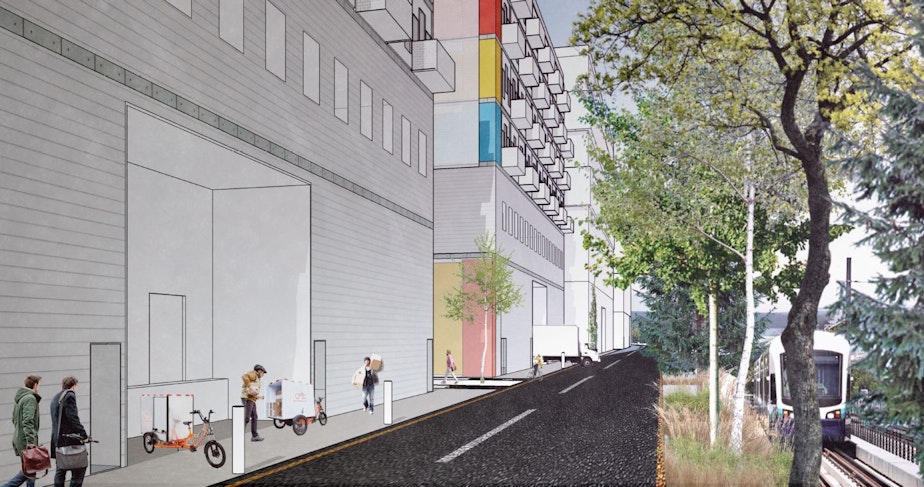
Students had fun imagining the ways "makers" of physical things and people who design software could mingle and collaborate on the streets of such a neighborhood.
And by incorporating affordable housing into the neighborhood's design, machinists could afford to live close to where they work, too.
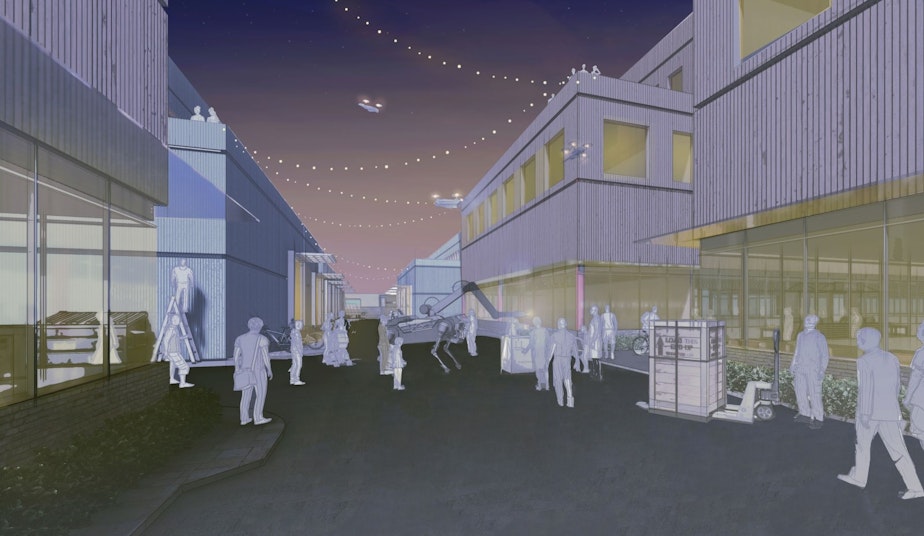
Sam Assefa of Seattle's Office of Community Development said the city could consider a brand new type of industrial zone that would permit people to live near industry. This would require a lot of work to pull off, he said, and approval from a lot of stakeholders. But the timing is right because Mayor Jenny Durkan plans to revisit how the city protects and preserves industrial lands in 2020.
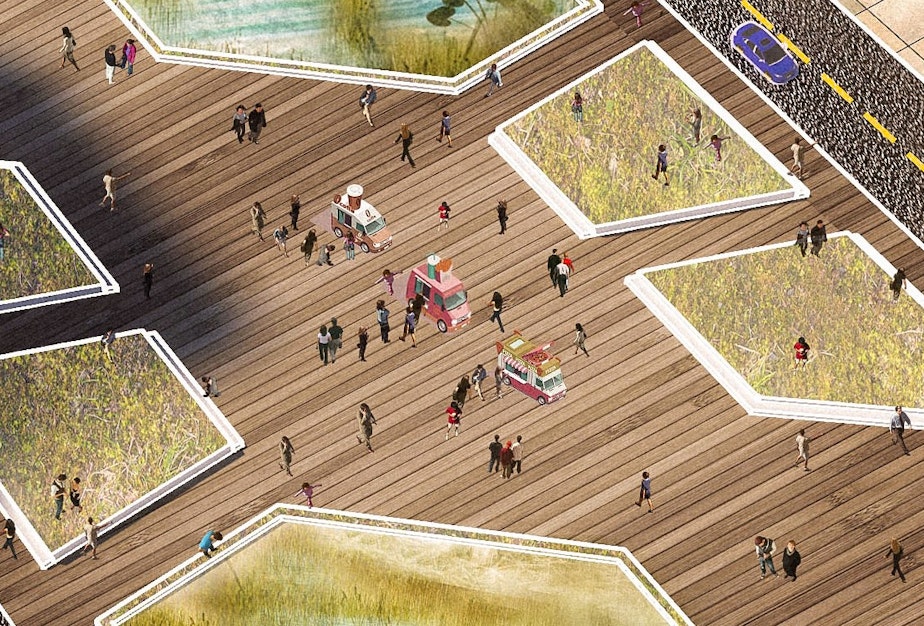
Second big idea: Plan for climate change
Cities around the world are starting to think about water and flooding differently after hurricane Harvey drowned Houston.
Interbay faces tsunami and flooding risks as ocean levels rise and extreme storms become more frequent. Responding to climate change could mean returning much of this land to a more natural state, which can fill with water when it needs to.
Sponsored
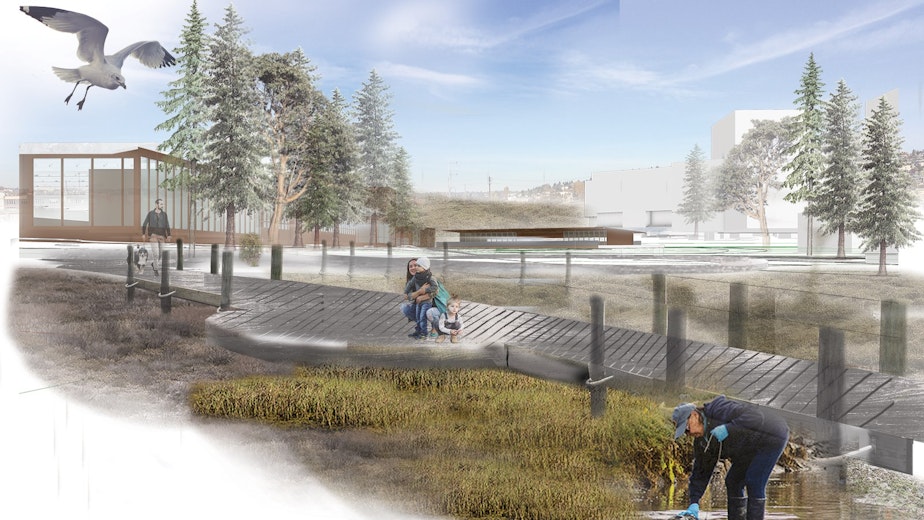
In one student presentation, a long strip of land extending from Smith Cove uphill through the existing Interbay golf course would become a mile-long “urban tidal park.” The south end of the area is the lowest elevation, where, just below new apartment high rises, there's an estuary -- just like the estuary that used to exist there.
During high tide events, the water would roll further in -- covering more and more of the park. Instead of bringing disaster and flooding, those high tides would be something to enjoy and talk about with neighbors.

"I think it'd be really wonderful to be able to look out your window and see this amazing natural landscape instead of just train tracks," said Kasia Cassidy, who worked on another team that also incorporated a wetland.
Soil excavated to create the wetland at the south end could be piled up in hills on the old golf course at the north end, creating lookout spots like those at Gasworks Park. Visitors could climb those hills for a view of the entire mile-long tidal park.
Sponsored
Third big idea: A different way to do development
The third big idea came not from the students, but from a recent report by the state commission studying the site. And it's the reason why these student ideas are being taken seriously, rather than as pretty pictures to be ignored.
That idea is to create a public development authority, much like the Preservation and Development Authority that runs the Pike Place Market, to oversee development of the 25-acre property.
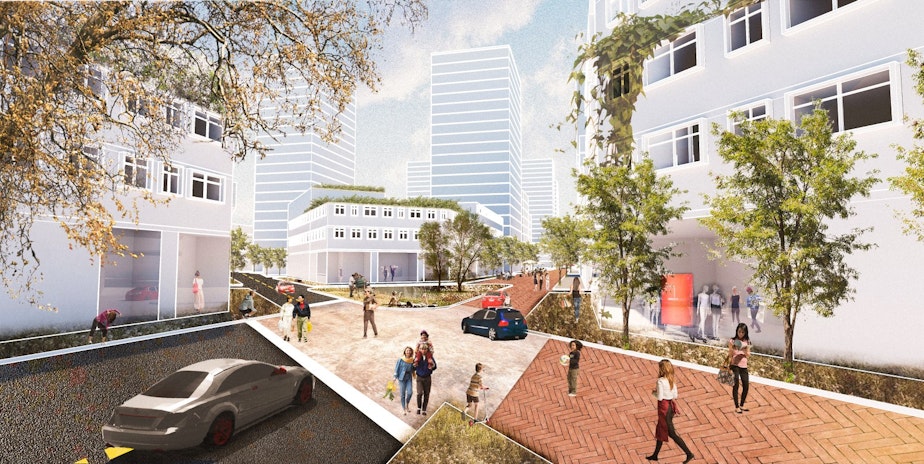
Consider what would have happened, under the normal way of doing things: The state could simply sell the property to the highest bidder. That's one way of measuring the public benefit the taxpayers get from the sale of the property.
But how much do taxpayers really benefit from another public storage facility, or another chain of big box stores gaining a foothold in the city?
Gary Locke on Seattle's proposed new neighborhood
Former Washington Governor Gary Locke on the history and promise of the former National Guard 25 acre parcel, the students' ideas for a new neighborhood there and the obstacles ahead for its development
That's the kind of development the market seems to want, for this property, under current zoning restrictions. That's what happened on a similar piece of property just north of this one.
When former governor Gary Locke applauded these students for their big ideas, he was saying: We have the tools to do things differently this time. This is a moment to take big ideas seriously.
Sponsored
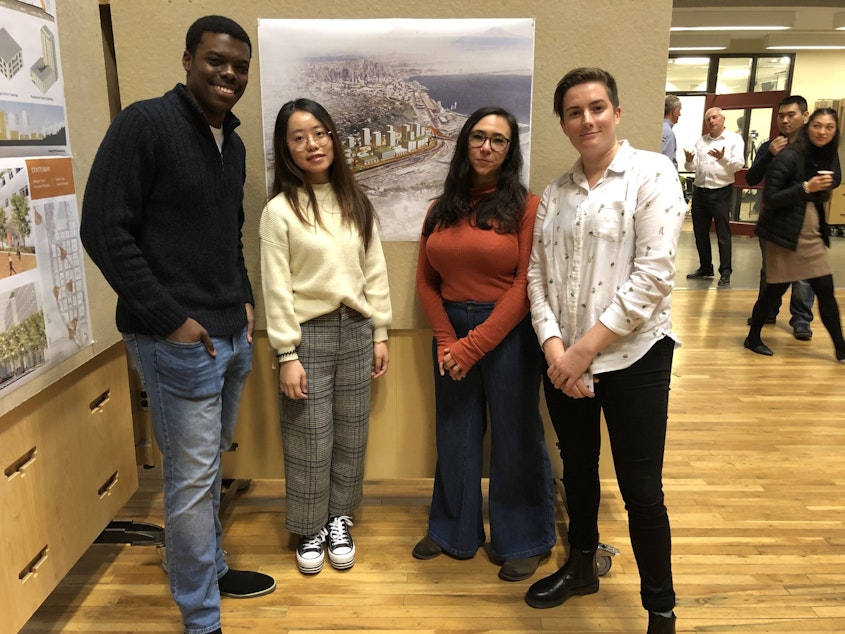
Students in this story participated in the University of Washington Built Environments Studio co-taught by Rick Mohler (Architecture) and David Blum (Urban Design and Planning) in fall of 2019.

